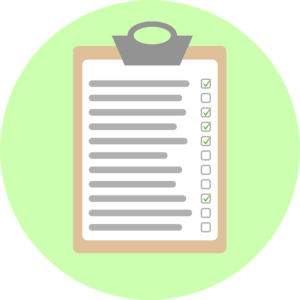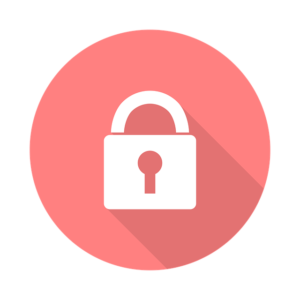Distinguishing the Benefits, Features & Target Audiences of These SOC Compliance Reports
As System and Organization Control audits (SOC) are increasingly becoming a requirement to keep and engage new customers, many service companies struggle to determine whether a SOC 1 or SOC 2 audit is the right fit. Procedurally, these audit exercises are largely the same, however they serve very different purposes for your customers. A SOC audit is a means of addressing third-party risk and serves to independently verify and report to your customers that your organization has appropriate and effective internal controls in place. In many cases, your customers may be required to obtain a SOC report from you for their own compliance requirements.
We’re here to highlight the primary differences between a SOC 1 report and a SOC 2 report.
The Simple Answer:
A SOC 1 Audit is focused on internal controls related to financial reporting (ICFR). A SOC 2 Audit is focused on information and IT security identified by any of 5 Trust Services Categories: security, confidentiality, information privacy, processing integrity and availability.
Why Get a SOC 1 Report?
When completed, a SOC 1 Report will act as a reinforcement, ensuring a service organization has done its due diligence when it comes to the effects their service has on their customer’s financial reporting. This report, prepared by a third party SOC Audit Services Team, is often done for service organizations that provide services that are financial in nature such as billing or claims processing. This document will often satisfy a customer’s auditor requirements and will help you stand out among your peers and competition.
For your customer, it answers the question “What steps has my service provider taken to address and mitigate risk that their services will not adversely affect my financials?”
Why Get a SOC 2 Report?
When completed, a SOC 2 Report will act as a beacon of transparency and convey confidence to your customers, their auditors, investors and other stakeholders that you have appropriate controls regarding information security. This report conveys that a service organization’s people, infrastructure, software, data-handling, and procedures are prepared to handle their customer’s information and data and protect it accordingly.
For your customer, it answers the question “What steps has my service provider taken to protect my data/information I give them and that their service will be reliable?”
As mentioned above, the SOC 2 Report highlights 1 to 5 of the following areas:
- Security (required)
- Confidentiality
- Processing Integrity
- Privacy
- Availability
What Are The Differences Between a Type 1 Report & a Type 2 Report?
A SOC 1 and SOC 2 come in two flavors or Types. A Type 1 Report is a snapshot view of a service organization’s internal controls at a single point in time or as of date. Type 1 reports are an ideal report for a service organization undergoing their first SOC audit. A Type 2 Report is a review of a service organization’s internal controls over a period of time, typically 6 or 12 months and involves a more in-depth review of controls and testing of their operating effectiveness.Once a service organization has completed a Type 2 audit, they will continue to undergo the audit annually or semi-annually depending on the period they have chosen.
Need Assistance Figuring Out Which SOC Report Is Right For You? Reach Us Today!
Have additional questions about the differences between a SOC 1 and a SOC 2? Get in touch with our SOC Audit Services Team today!
